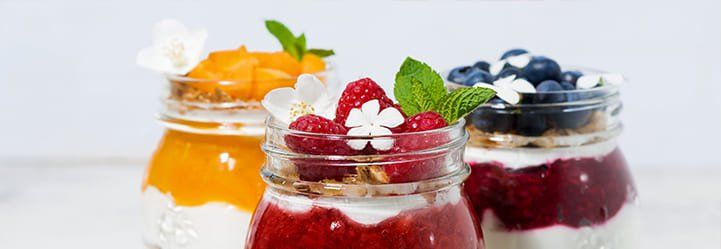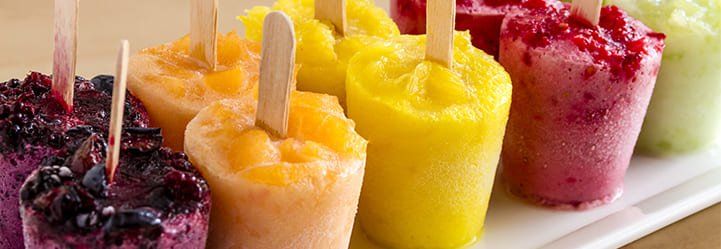Types of pastry that may benefit from fruit purees
Alimentos SAS • Sep 08, 2021
Pastry is one of the vital products of the baking industry, which produced a revenue of US$1,172,650m in 2021 (Statista, n.d.). When people think about baking, it is unusual for them to first think of bread. Most of the time, they consider croissants, pies, cakes, and other pastries. Therefore, innovating in the types of pastry you offer while keeping the quality high is so important.
The Use of Fruit Purées in Different Types of Pastry
Fruit purées are emerging as a natural substitute for various synthetic ingredients in food and beverages. Fruit purées are expected to experience an increase over the forecast period, estimated at a CAGR of 8% (“Global Market Study on Fruit Purée: High Demand Growth Expected from Infant Food Industry,” n.d.). The advent of advanced food processing technologies and improved production capacities are accelerating demand for fruit purée.
The US dominates the North American fruit purée market due to the increasing adoption of healthy and natural ingredients by food manufacturers. People’s growing propensity for packaged food is also a major market driver. Europe is the second-largest market for fruit purées due to leading beverage manufacturers and a growing interest in vegetarian food. This also applies to different types of pastry, where consumers seek organic food.
The use of purées for various food types, including different types of pastry, is increasing the growth of the global fruit purée market. Consumers of sugar-free products, who are trying to avoid various health problems, open new growth opportunities in this market. The growing popularity of smoothies as a convenient and healthy fruit drink or liquid snack is important too.
This tendency has created significant growth in this market, driven by a growing consumer demand for natural and healthy foods. This has also led to the appearance of new pie types.
Different Flavors for Different Types of Pastry
Among the most common purées are apples, plums, and other fruits that have been pressed to extract their juice content. Tropical fruits are also very popular and are used for ice creams. Fruit purées such as apples and pears can be used alone, in desserts or in recipes to replace fat and other ingredients (“What Are the Different Types of Puréed Foods? (with pictures),” n.d.). Most puréed foods with fruit are prepared with spices such as cinnamon, sugar and salt.
One advantage of using packaged purées in recipes is that they can be relied on for consistency and flavor. This happens regardless of season and location (Mattila, 2019). Fruit purée is also great for a cake filling.
Despite the benefits of fruit purée, it’s important to point out that it shouldn’t replace sugar in recipes. This is because sugar plays a role in the chemical process of baking.
Made from fresh fruit and cane sugar they are perfect for making drinks, cocktails, and smoothies. They are also amazing for baking pastries, cakes, and fresh fruit tarts and making ice creams, sorbets, whipped mousses, and other snacks. Anything that can stimulate your imagination. These delicious purées are made from fresh fruit picked at the height of ripeness, puréed to smooth perfection and frozen to retain color and flavor. They consist of one hundred percent fruit or vegetables.
Uses of Fruit Purées in Different Types of Pastry
Fruit purées are used to make many products that can be distributed to a widespread public (“The production process of fruit purées for industry,” n.d.). Some of them are:
- Sauces, jams, and coulis
- Ice creams and sorbets
- Pies and citrus fruit tarts
- Desserts and mousses
- Coatings and toppings
- Cold soups
- Jelly pastes
Its versatility makes fruit purée an ingredient that can be used in the making of many types of foods. For the pastry market, this means that different
types of pastry can be made with high quality. It also means that the product will retain a natural taste, and it will be more appealing to customers (“The production process of fruit purées for industry,” n.d.).















